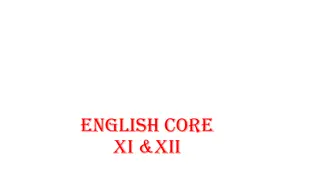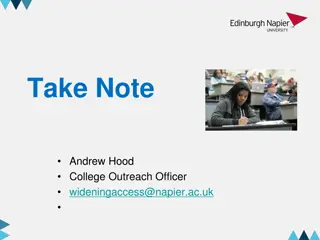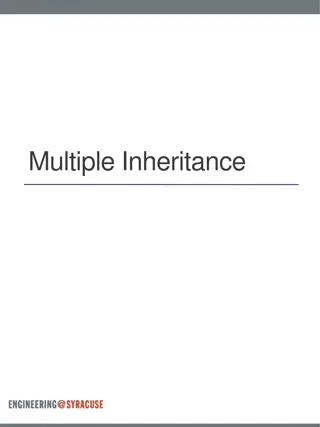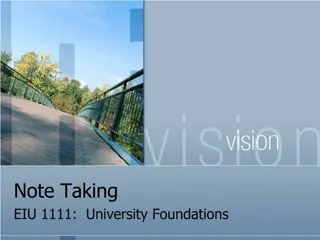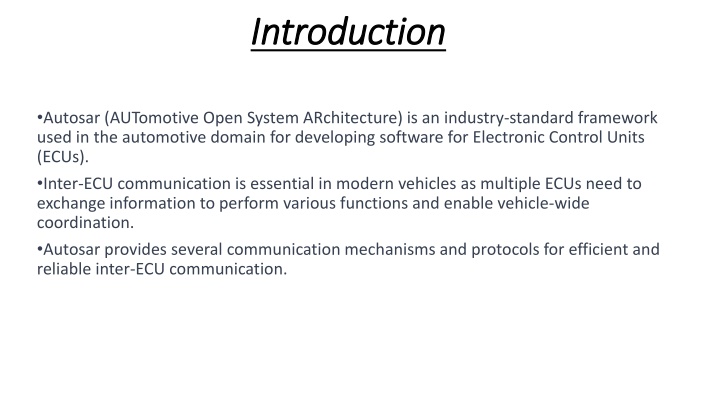
Autosar Communication Protocols and Mechanisms in Automotive Domain
Explore the diverse communication protocols like CAN, LIN, FlexRay, Ethernet, SOME/IP, and CAN FD provided by Autosar for efficient inter-ECU communication in vehicles. Understand their features, applications, and importance in modern automotive systems.
Download Presentation

Please find below an Image/Link to download the presentation.
The content on the website is provided AS IS for your information and personal use only. It may not be sold, licensed, or shared on other websites without obtaining consent from the author. If you encounter any issues during the download, it is possible that the publisher has removed the file from their server.
You are allowed to download the files provided on this website for personal or commercial use, subject to the condition that they are used lawfully. All files are the property of their respective owners.
The content on the website is provided AS IS for your information and personal use only. It may not be sold, licensed, or shared on other websites without obtaining consent from the author.
E N D
Presentation Transcript
Introduction Introduction Autosar (AUTomotive Open System ARchitecture) is an industry-standard framework used in the automotive domain for developing software for Electronic Control Units (ECUs). Inter-ECU communication is essential in modern vehicles as multiple ECUs need to exchange information to perform various functions and enable vehicle-wide coordination. Autosar provides several communication mechanisms and protocols for efficient and reliable inter-ECU communication.
Protocols Protocols: 1.CAN (Controller Area Network): 1. Widely used bus protocol in the automotive industry. 2. Enables message-based communication between ECUs over a shared bus. 3. Reliable and efficient, suitable for various applications. 2.LIN (Local Interconnect Network): 1. Low-cost and low-speed communication protocol. 2. Primarily used for in-vehicle communication between ECUs. 3. Typically utilized for non-safety-critical applications. 3.FlexRay: 1. High-speed and fault-tolerant communication protocol. 2. Supports time-triggered and event-triggered communication. 3. Frequently used for safety-critical systems with real-time requirements.
4.Ethernet: 1.Increasingly employed in modern vehicles for high-bandwidth applications. 2.Enables communication between ECUs over Ethernet networks. 3.Well-suited for infotainment systems, ADAS, and telematics. 5.SOME/IP (Scalable service-Oriented MiddlewarE over IP): 1.Autosar standard for communication using IP-based networks. 2.Provides a service-oriented architecture for inter-ECU communication. 3.Facilitates communication over Ethernet networks. 6.CAN FD (Controller Area Network Flexible Data Rate): 1.Enhanced version of traditional CAN protocol. 2.Offers higher data rates and increased payload size. 3.Improves bandwidth and efficiency compared to classic CAN.
Conclusion Conclusion: These communication mechanisms and protocols in Autosar cater to different requirements, such as bandwidth, real-time capabilities, safety, and cost considerations. The selection depends on the specific application needs and the type of ECUs involved in the communication network. Autosar provides a standardized framework, ensuring interoperability and compatibility among different ECUs from various automotive suppliers.








